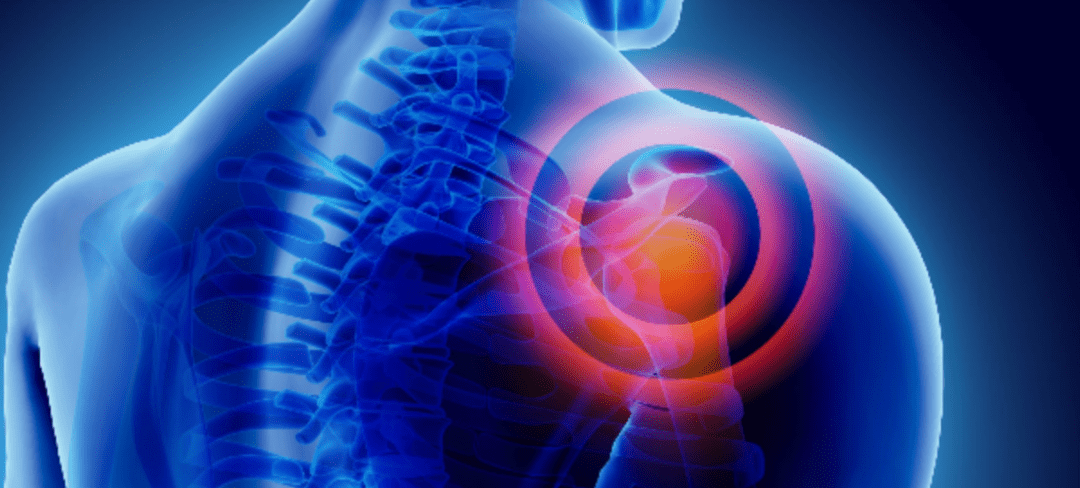The human shoulder is not as simple as it looks from the outside. It’s made of multiple bones, tendons, and muscles that all work together to give you a full range of motion. The three bones in the shoulder are the scapula (shoulder blade), the humerus (upper arm bone), and the clavicle (collar bone). In this article with will discuss shoulder impingement syndrome.
A group of tightly packed muscles known as the rotator cuff stretches from your shoulder blade to the top of your humerus to keep the humerus sitting comfortably in the glenohumeral joint, or shoulder joint. The rotator cuff is what gives you the ability to rotate your arms and raise them above your head.
However, with so many moving parts packed into such a small area, there are lots of opportunities for something to go wrong. Since the rotator cuff sits between two bones, it’s vulnerable to becoming pinched between them. This is known as shoulder impingement syndrome.
What Causes Shoulder Impingement Syndrome?
Shoulder impingement syndrome can be caused by anatomical abnormalities, such as bone spurs, that limit the amount of room the humerus has to move within the shoulder joint. However, it’s more often caused by overuse of the shoulder or injury.
When the rotator cuff is overused, injured, or irritated, the tendons begin to swell. You’ve probably experienced swelling in other parts of your body before. It’s uncomfortable, but it’s usually not a big deal and subsides within a few days. But since the rotator cuff is surrounded by bone, it doesn’t have room to swell without the tendons rubbing against bone.
The more the tendons rub against bone, the more swollen they become. And the more swollen they become, the more they rub against the adjacent bones. It’s a vicious circle that can be hard to break.
How To Manage The Pain
Shoulder impingement syndrome can limit your range of motion by causing weakness and stiffness in your arm and making it painful to lift, reach, and rotate your arm. But the pain can be managed using a few different methods.
When the syndrome is caught early, physical therapy can be very effective at reducing inflammation, improving your range of motion, and strengthening your rotator cuff. NSAIDs like ibuprofen, aspirin, and naproxen can also be taken to temporarily reduce the pain caused by swelling and inflammation. For severe cases of shoulder impingement syndrome, surgical intervention may be required.
However, an increasing number of people are looking into regenerative medicine as an alternative option to avoid surgery and, in some unavoidable cases, recover from surgery. Mesenchymal stem cells offer a potential therapeutic and restorative option to help manage pain, decrease inflammation, and repair damaged tissues. Their paracrine signaling through extracellular vesicles generates a regenerative microenvironment that helps to inhibit scar tissue formation, reduce inflammation, and promote angiogenesis. If you would like to learn more about the treatment options for shoulder impingement syndrome, contact a care coordinator today at Stemedix!


 St. Petersburg, Florida
St. Petersburg, Florida
